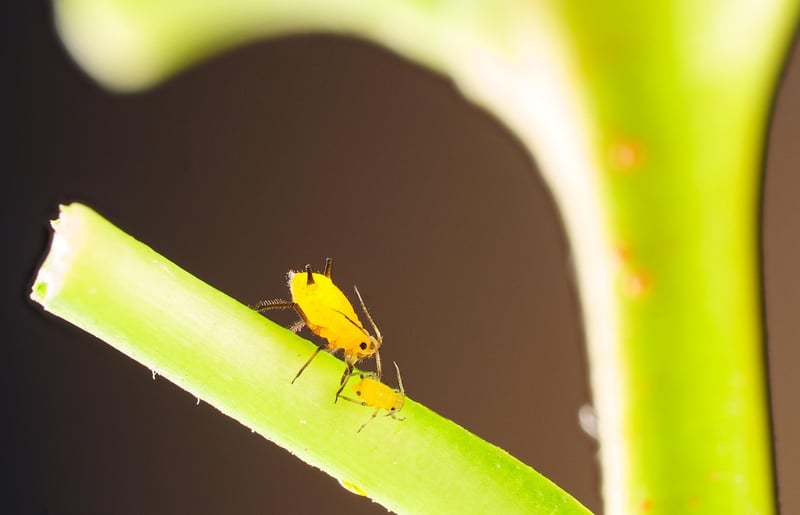Pest Control Methods
Keeping Your Plants Healthy: Effective Pest Control Methods
Welcome to our guide on maintaining the health of your beloved plants while tackling common pests that can threaten their well-being. It's essential to understand how to identify and address pest issues to ensure your plants thrive. Let's explore some effective pest control methods to help you maintain a vibrant and pest-free garden.
1. Regular Inspection
Monitor your plants regularly for any signs of pest infestations. Look out for chewed leaves, distorted growth, discoloration, or the presence of insects. Early detection can help prevent pests from causing significant damage to your plants.
2. Natural Predators
Encourage natural predators like ladybugs, lacewings, and birds in your garden. These beneficial insects feed on common plant pests, helping to keep their populations in check. Planting flowers that attract these predators can create a balanced ecosystem in your garden.
3. Neem Oil
Neem oil is a natural insecticide that can effectively control a wide range of pests, including aphids, mites, and whiteflies. Dilute neem oil with water and spray it on your plants to deter and kill unwanted insects while being safe for beneficial insects.
4. Insecticidal Soap
Insecticidal soap is a gentle and environmentally friendly solution for controlling soft-bodied insects like aphids, spider mites, and mealybugs. Regularly spraying your plants with insecticidal soap can help eliminate these pests without harming your plants.
5. Diatomaceous Earth
Diatomaceous earth is a natural powder that effectively controls crawling insects like ants, slugs, and beetles. Sprinkle diatomaceous earth around the base of your plants to create a barrier that dehydrates and kills pests upon contact.
6. Companion Planting
Utilize companion planting by growing pest-repellent plants alongside your susceptible crops. For example, planting marigolds can help deter nematodes, while basil can repel mosquitoes and flies. Strategic planting can help protect your plants from pests.
7. Physical Barriers
Protect your plants with physical barriers like row covers or netting to prevent pests from reaching them. This method is particularly useful for safeguarding plants from flying insects like cabbage moths or birds that may damage fruits.
By implementing these pest control methods and staying proactive in managing potential pest issues, you can create a healthy and thriving environment for your plants. Remember that a balanced approach combining natural solutions and preventive measures is key to ensuring your plants remain pest-free and flourishing.
Happy gardening!


